Researchers discover key connection between DNA replication and cancer

14 October 2023
Researchers from The Institute of Cancer Research in London have identified how alterations in DNA structure can cause 'replication stress', leading to genome instability and cancer. This development could deepen our understanding of the disease and may pave the way for innovative treatments that could revolutionize cancer care.
The study, published in the EMBO Journal, revealed that specific DNA structures, G-quadruplexes and i-Motifs, can halt DNA replication. At the heart of the discovery is the relationship between specific DNA structures and ‘replication stress’, a factor known to destabilise the genome and significantly contribute to the onset of cancer.
Recent research indicates that a single G4 or iM structure can halt replication. These insights might open doors to new treatments for different cancer types. Moreover, genome instability from repetitive and structure-forming DNA sequences is pertinent not only to cancer but also to neurodegenerative disorders from repeat expansions, such as Fragile X syndrome and Huntington's disease.
Such disruptions can lead to gene mutations or deletions, potentially causing cancer. Prior research has shown that most cancer-driving mutations arise from DNA replication errors. The study also highlights potential drug targets in G4-binding molecules and helicases.
Through meticulous experiments, the team revealed that even a single G4 or iM structure could stall DNA replication. Moreover, the iM structures have the added risk of causing DNA breakage. Such disruptions can lead to substantial genetic alterations, including mutations, deletions, and shifts in gene positions. Since these genetic changes can influence gene expression, they can inadvertently accelerate uncontrolled cell division, culminating in cancer.
Dr. Gideon Coster, the Team Leader of the Genome Replication team at the ICR, remarked, “While replication stress can be driven by various factors, the most common internal source is the DNA template itself. Our work shows that certain sequences in the human genome lead to secondary structures that are sufficient by themselves to halt replication. Current estimates suggest that there are hundreds of thousands of G4-forming sequences in the human genome, so there is a lot of potential for this to occur.”
The researchers found that the replication issues arise from an uncoupling between two crucial enzymes: the helicase, responsible for unwinding DNA, and the polymerase, which synthesizes the new strand. This separation exposes single-stranded DNA, leading to the formation of the disruptive G4 and iM structures.
These findings could herald a new era in cancer treatment. The presence of single-stranded DNA, resulting from replication stress, could serve as a diagnostic biomarker for tumours.
In the long run, researchers are optimistic that healthcare professionals might utilize a patient's replication stress status to inform treatment decisions. For instance, single-stranded DNA could serve as a valuable biomarker for tumor diagnosis.
Additionally, they anticipate that their findings could identify new drug targets. Certain small molecules known to bind to G4s can influence their stability, making them potential drug targets. Alternatively, targeting the numerous helicases involved in unwinding DNA secondary structures could also be promising. The study was funded by the Wellcome Trust, the Royal Society, and the ICR.
Replication-induced DNA secondary structures drive fork uncoupling and breakage
Abstract: Sequences that form DNA secondary structures, such as G-quadruplexes (G4s) and intercalated-Motifs (iMs), are abundant in the human genome and play various physiological roles. However, they can also interfere with replication and threaten genome stability. Multiple lines of evidence suggest G4s inhibit replication, but the underlying mechanism remains unclear. Moreover, evidence of how iMs affect the replisome is lacking. Here, we reconstitute replication of physiologically derived structure-forming sequences to find that a single G4 or iM arrest DNA replication. Direct single-molecule structure detection within solid-state nanopores reveals structures form as a consequence of replication. Combined genetic and biophysical characterisation establishes that structure stability and probability of structure formation are key determinants of replisome arrest. Mechanistically, replication arrest is caused by impaired synthesis, resulting in helicase-polymerase uncoupling. Significantly, iMs also induce breakage of nascent DNA. Finally, stalled forks are only rescued by a specialised helicase, Pif1, but not Rrm3, Sgs1, Chl1 or Hrq1. Altogether, we provide a mechanism for quadruplex structure formation and resolution during replication and highlight G4s and iMs as endogenous sources of replication stress.





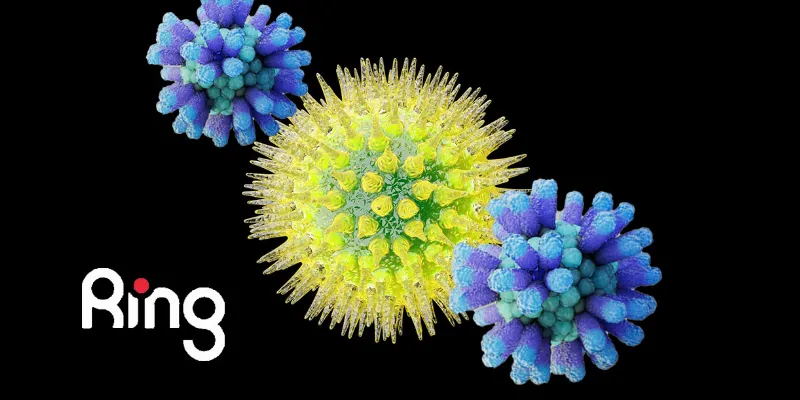
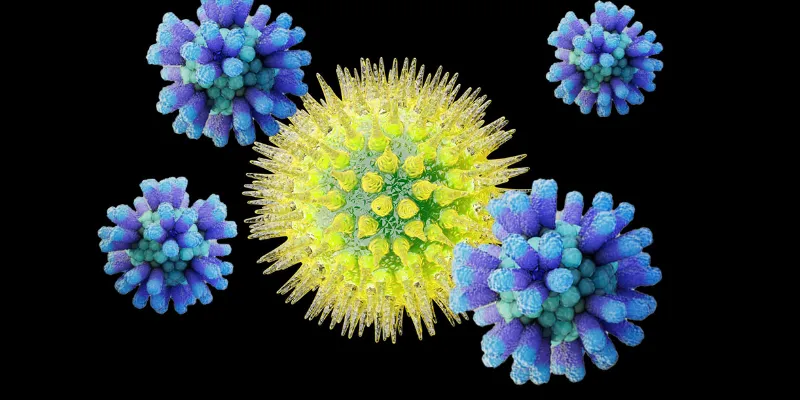
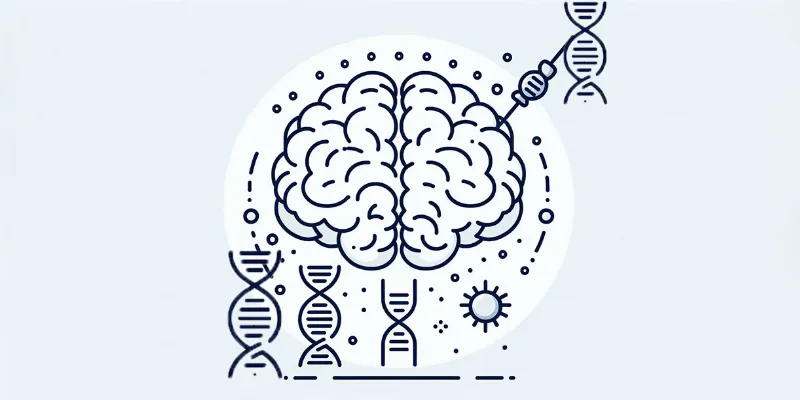
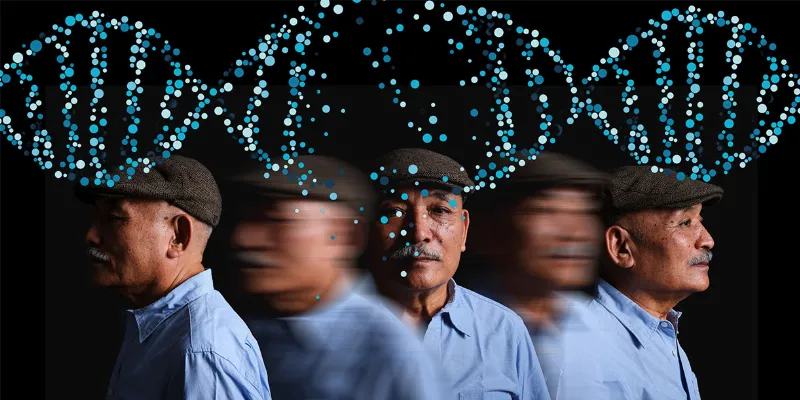
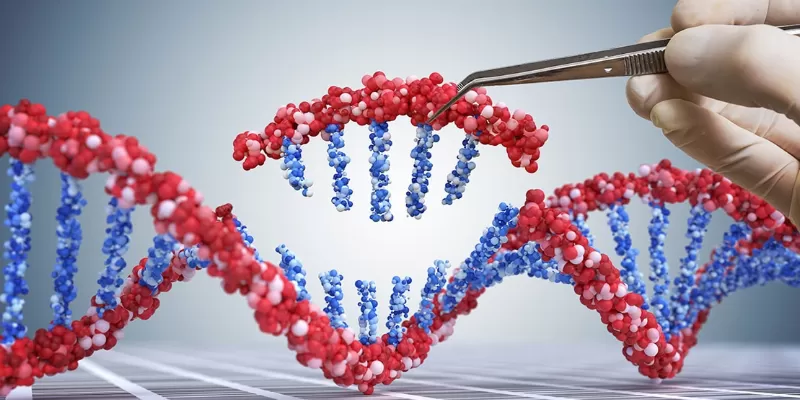
Comments
No Comments Yet!